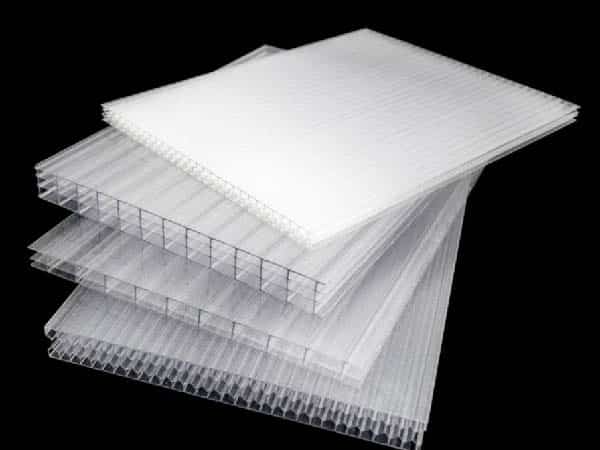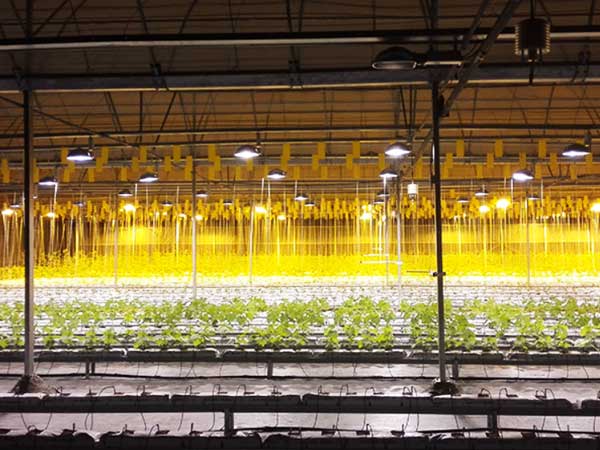Roses are renowned for their stunning blooms and rich fragrance. Beyond their significant ornamental value and symbolic meaning, they also hold substantial commercial potential. According to the 2023 “Cut Flowers – Global Strategic Business Report,” the rose market is projected to grow at a compound annual growth rate (CAGR) of 5.2%, reflecting increasing demand. More farmers cultivate roses in greenhouses to achieve year-round production and enhance economic returns.
This guide details the key technical aspects of rose cultivation in greenhouses across seven critical stages: seedling cultivation, pre-planting preparation, planting management, vegetative growth, flowering stage, dormancy period, and pest and disease management. We hope this guide aids you in successfully growing roses in your greenhouse.
Note: This article has been reviewed by INSONGREEN commercial greenhouse construction consulting experts.
Part One: Variety Selection
The market mainly favors red, yellow, and white varieties if you grow cut roses. Common cut rose varieties include Cardinal, Carola, France, Bulgaria, Gold Medal, and Tannic. Cut roses emphasize ornamental value, requiring selected varieties to have beautiful shapes, pure colors, and thick petals. Additionally, to meet market demand, the flower stem length must reach at least grade E standard, 30 cm, and the branches should be sturdy and straight. Propagation of cut roses usually involves cutting methods, which we will detail next.
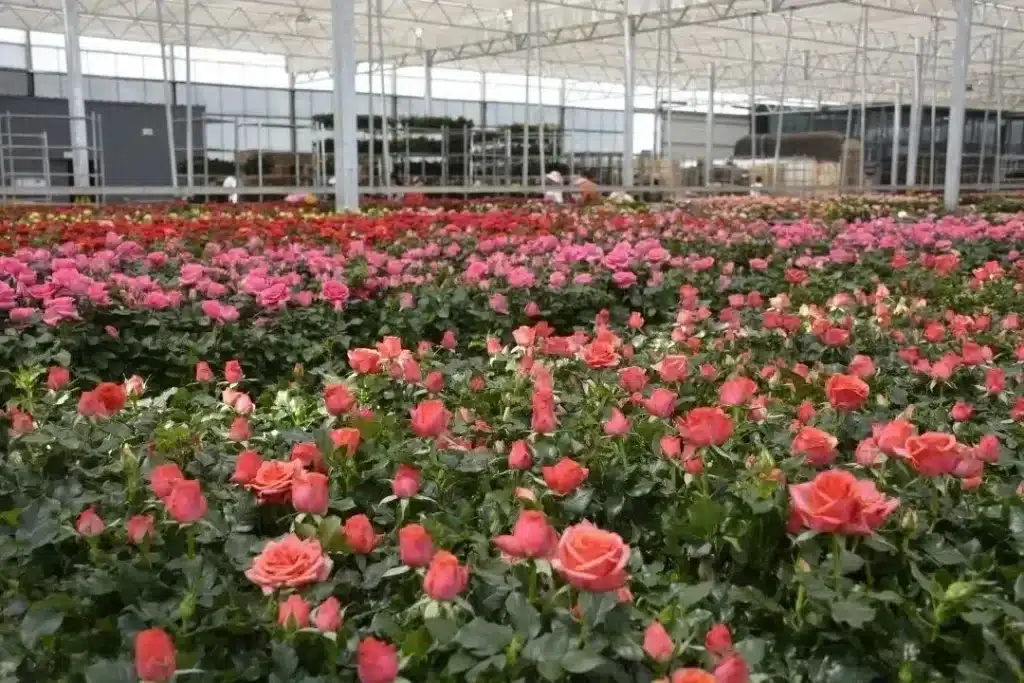
Part Two: Seedling Cultivation
1. Seedbed Preparation
The size of your rose seedbed depends on your planting area. For example, a 1.5 to 2 square meter seedbed is sufficient for one acre of cultivation. The optimal seedbed preparation time is about seven days before seedling cultivation. You should choose loose and breathable sandy soil as the seedbed soil. When constructing the seedbed, dig out the top 20 cm of soil, spread an equal thickness of screened sand and level the surface.
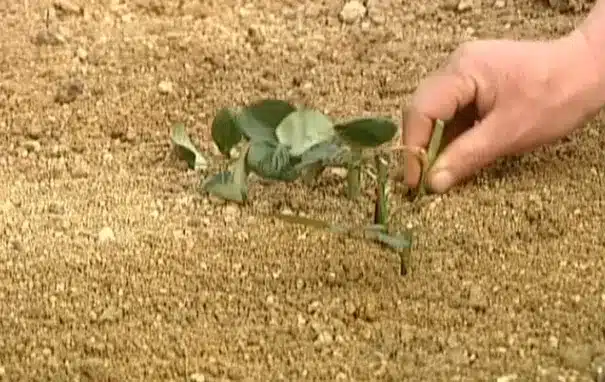
2. Selection of Rose Cuttings
Selecting healthy rose plants is crucial. Preferably choose semi-lignified one-year-old branches with a diameter of 5 to 8 mm. These branches should have thick leaves and plump buds. When cutting the cuttings, maintain a length of 8 to 10 cm, keeping one leaf per cutting to aid nutrient absorption and support the growth of the rose seedlings. Ensure each cutting has at least two plump buds, which will develop into new branches. After cutting, soak the cuttings in water for 3 to 5 minutes to enhance their water absorption capacity and increase survival rates.
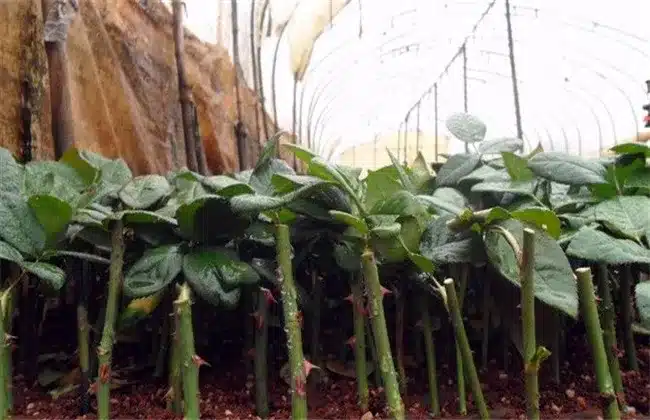
3. Rose Cutting
Handle cuttings gently to avoid damaging the buds. The insertion depth is usually between 2 to 3 cm, and the planting density is slightly denser, allowing about 1,000 cuttings per square meter. After insertion, water thoroughly to ensure the soil remains moist.
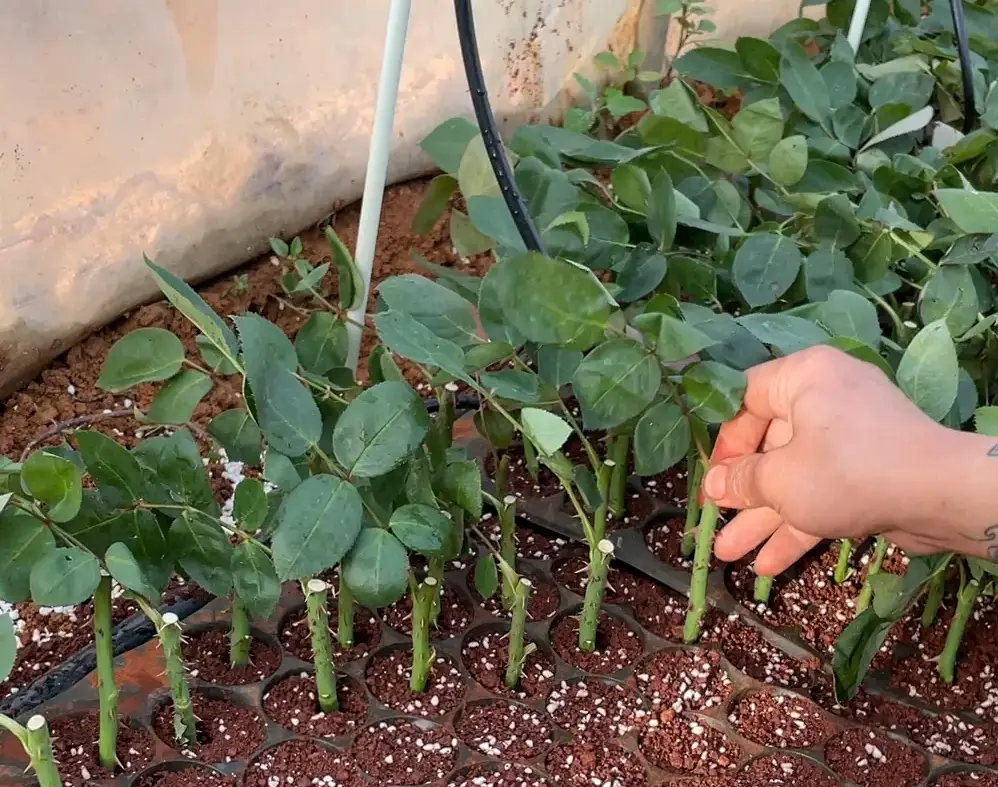
4. Seedling Management
During the first 10 days after insertion, maintain the seedbed temperature at around 25°C. If the winter temperature in your area is low, additional heating facilities or equipment may be necessary. After 10 days, keep the temperature above 20°C, using ventilation to cool down if temperatures get too high. Roses require substantial water during the seedling stage, so ensure the soil remains moist. Water about every seven days in winter and every two to three days in summer. After 30 days, when the rose’s root system has developed well, it can be transplanted.
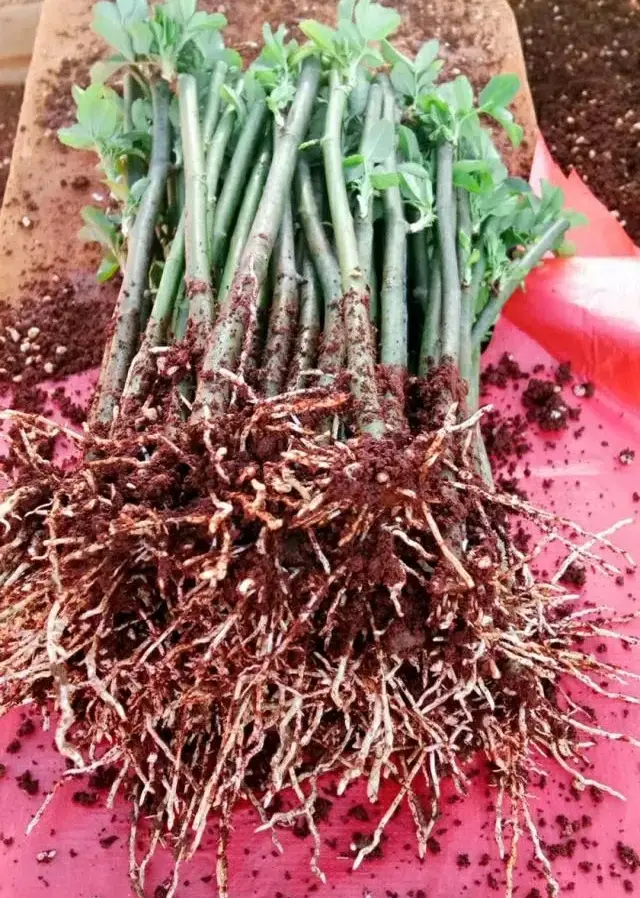
Part Three: Pre-Planting Preparations
1. Soil Selection
Choose deep, loose soil rich in organic matter. The soil should be slightly acidic with a pH value between 5.5 and 6.5. Such soil promotes rose growth and enhances their disease resistance and flower quality.
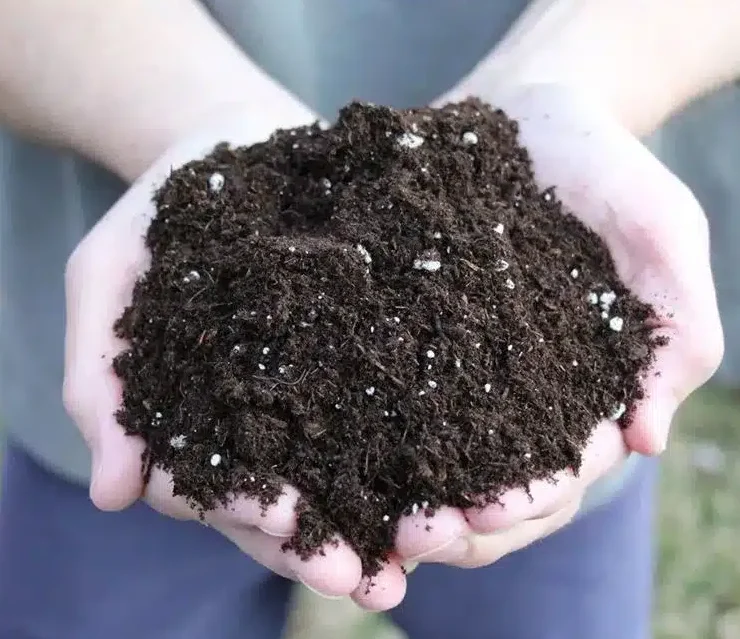
2. Greenhouse Requirements
You can choose a plastic film greenhouse or a smart greenhouse for cut rose cultivation. With a plastic film greenhouse, ensure the winter temperature inside does not drop below 15°C. If the existing greenhouse facilities cannot maintain this temperature, consider upgrading to a more intelligent greenhouse. Such upgrades can ensure a suitable growth environment, enhance the commercial value of cut roses, and maximize your return on investment.
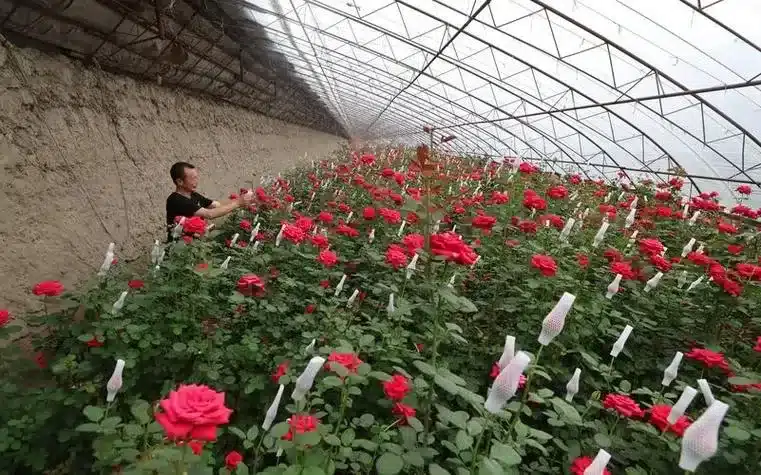
3. Pre-Planting Preparations
Although roses can be planted year-round, each region has its optimal planting time. For example, in northern China, March is the most suitable time; in the United States, most growers find any time from February to May, after the frost has ended, to be ideal. Prepare the greenhouse 15 days before planting by deep plowing to a depth of about 40 cm and applying fertilizer simultaneously. For specific fertilizer ratios, consult your local fertilizer store to ensure a good foundation for the subsequent growth of the roses.
Part Four: Planting Management
1. Rose Planting
When planting, ensure the cuttings’ roots are fully covered by soil. Typically, two rows are planted per bed with a row spacing of 40 cm and a plant spacing of 20 cm. The ideal planting density is between 4,500 and 5,000 plants per acre. After planting, water thoroughly once to help the soil and roots bond tightly.
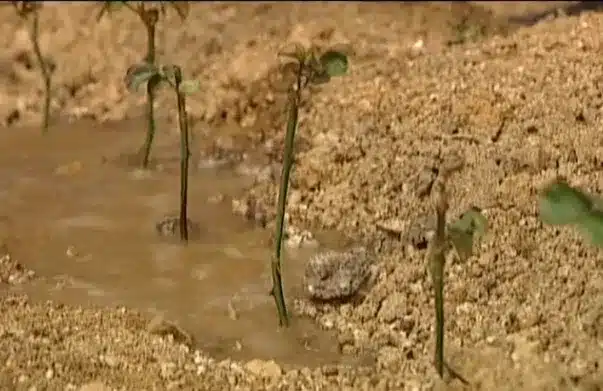
2. Post-Planting Management
The first month after planting is the rose seedlings’ acclimation period. During this time, ensure the greenhouse temperature is not below 25°C during the day and 20°C at night. For the first seven days after planting, water daily. After seven days, as the seedlings’ damaged roots gradually recover, you can reduce the watering frequency. Adjust the watering amount according to the seedlings’ growth and weather changes, ensuring the soil remains moist.
Part Five: Vegetative Growth Management
A month after planting, your roses will enter the vegetative growth stage, which typically lasts about two months. During this period, maintain the greenhouse temperature around 25°C during the day and not below 15°C at night. The overall humidity in the greenhouse should be kept below 75%. Water moderately during this period keeps the soil moist and supports vigorous stem and leaf growth. Pruning is generally not required during vegetative growth to encourage the plants to produce more branches. When new branches reach about 40 cm and flower buds start forming, prune them to prevent them from competing with the branches for nutrients.
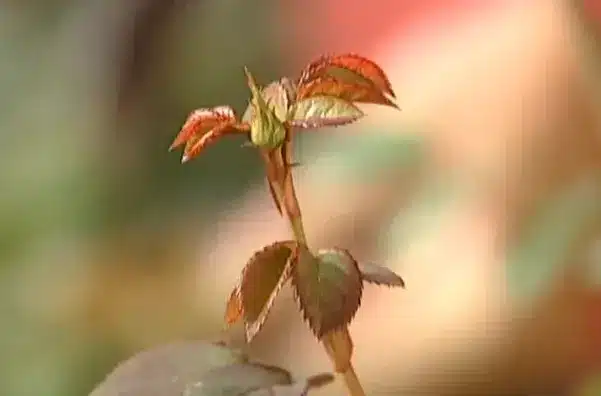
Part Six: Flowering Management
Three months after planting, roses will enter the flowering stage. Roses bloom continuously, so harvesting is typically done every morning throughout the flowering season.
1. Bud Stage
Once the buds start to swell, cover them with polyethylene bud nets to maintain the rose’s flower shape and reduce damage during transportation and sales.
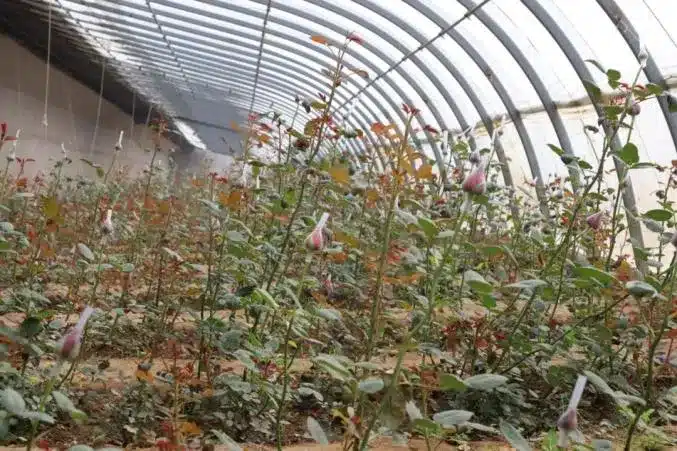
2. Flowering Stage
During the flowering stage, maintain the greenhouse temperature at around 25°C and humidity at about 75%. Regular watering and fertilization are essential to ensure the flowers’ yield and quality are not compromised. Usually, topdressing is applied every 15 to 20 days, preferably using flower-specific fertilizers or nitrogen-phosphorus-potassium compound fertilizers.
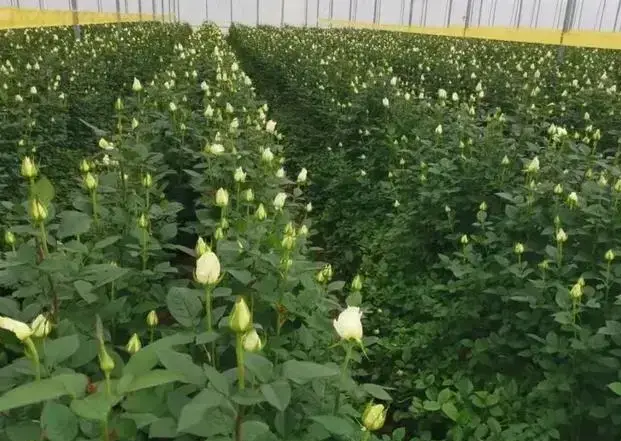
3. Branch Management
In addition to harvesting flowers, branches should be pruned appropriately throughout the flowering period. To prevent the spread of diseases, remove blind branches that do not flower, inner branches that affect ventilation and light, crossed branches, and branches infected with pests and diseases. However, if the plant growth is weak or the canopy is small, it is advisable to postpone pruning to avoid affecting recovery and growth.
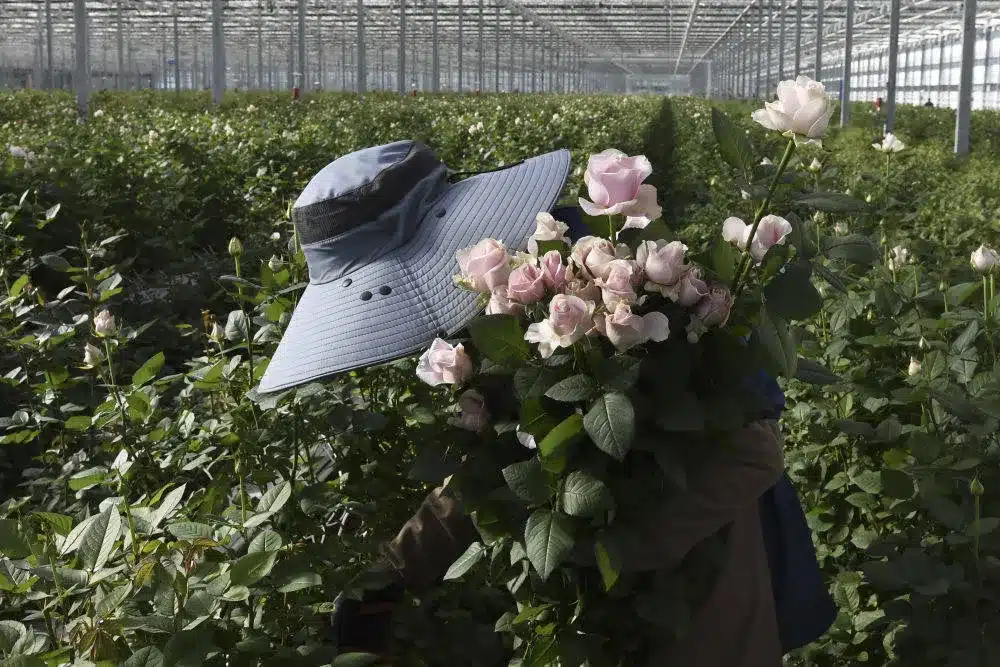
Part Seven: Dormancy Period Management
If you use a standard plastic film greenhouse and are in an area with gradually decreasing temperatures, you will notice a reduction in the number of blooming roses, indicating the onset of the dormancy period. For example, in northern China, roses typically enter the dormancy period in November. Similarly, regions with low winter temperatures will also observe this phenomenon. However, in hot regions like the southern coastal areas of California, USA, Tanzania, Kenya, and Yunnan, China, your roses may bloom year-round. By constructing highly intelligent greenhouses, you can achieve year-round productivity in regions with distinct seasons.
Management during a distinct dormancy period is crucial in regions at this time. Pruning can rejuvenate the branches. Cut roses can be continuously used for 3 to 5 years after planting, with one pruning each year, followed by a flowering period, creating a cycle. After 3 to 5 years, replanting is necessary.
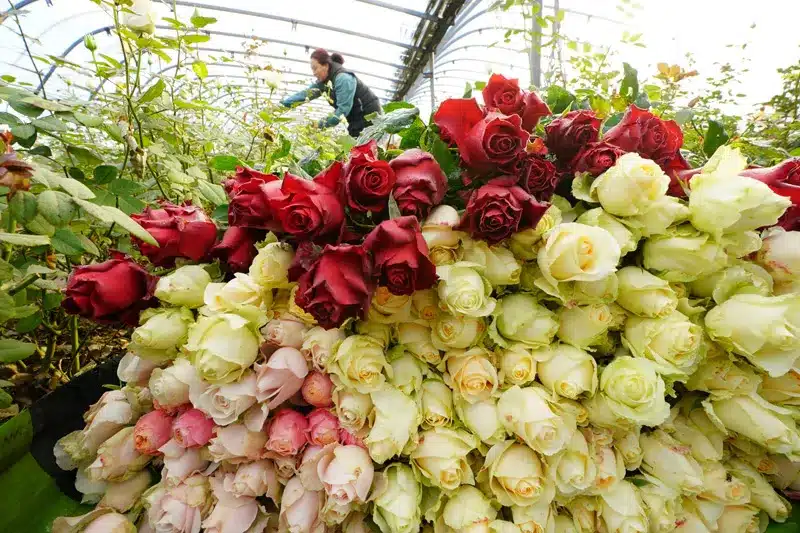
Part Eight: Pest and Disease Control
When cultivating roses in a greenhouse, pay particular attention to powdery mildew and spider mites, the most common pest. Effectively managing these issues involves controlling the greenhouse’s high temperature and humidity. Timely ventilation is a key step in preventing pests and diseases. For more detailed guidelines, such as “Rose Farming In Greenhouse,” refer to specialized resources on managing these pests and diseases.
Conclusion
With the detailed explanations in this article, you should now understand the techniques for cultivating roses in a greenhouse. If your area is suitable for greenhouse rose cultivation, why not try? We wish you success in increasing your income through greenhouse rose cultivation. For a quote on rose greenhouses, contact INSONGREEN immediately, and we will serve you promptly.

